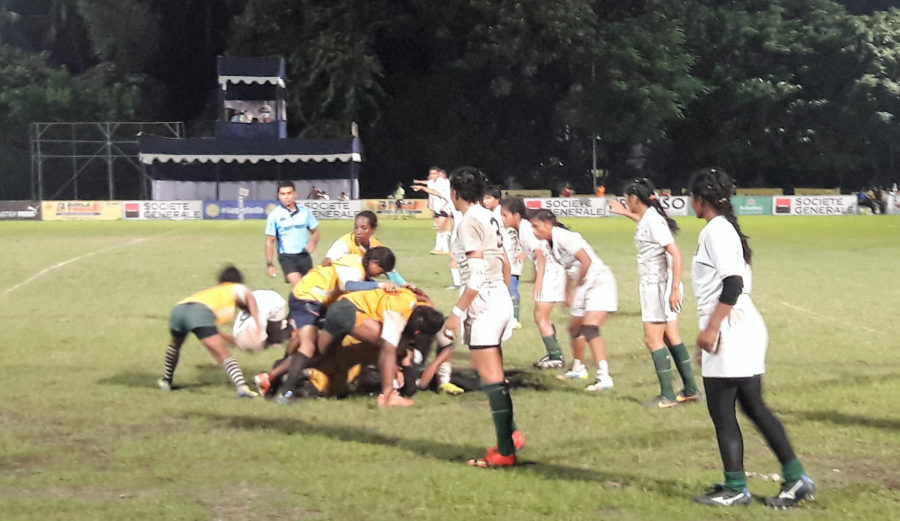One of the surprises of Kolkata for me has been to discover how keen Kolkatans are on sport, and how many sports are played in and around the city.
I knew that Kolkata is the home of one of the world’s great cricket grounds – Eden Gardens. As I expected, there is huge interest in cricket, but I think that’s true across all of India. It was more of a surprise to discover how popular football is in Kolkata. It has one of the oldest football leagues in the world, the Calcutta Football League, which began in 1898.
Kolkata is also a centre in India for one of the sports I like to watch – rugby football, or rugby for short. Last month I saw a particularly good match and some very skilful play.
For readers who don’t know, rugby originated in Britain at Rugby School in 1823, when William Webb Ellis picked up and ran with the ball during a game of football. So like American football, the ball is played more with hands than feet.
Kolkata has its own place in rugby history. The first recorded match in India was played in the city in 1872. The Calcutta Football Club (as the rugby club was confusingly called) was formed in 1873 but didn’t last long. When it was wound up a few years later, the remaining members used the proceeds of the club for a cup, which is still presented to the winners of the annual rugby match between England and Scotland.
Rugby is a very physical game. Players can tackle opponents who have the ball by wrapping their arms around their opponents’ legs or torsos and knocking them to the ground. It takes good technique to tackle safely, so players usually play with mouth guards to protect their teeth. The main excitement of rugby is when the ball is passed quickly between players at speed.
It also requires stamina. A full game of two halves of 40 minutes each is played on a pitch 100 metres long by 70 metres wide. Play stops when the ball goes out of play, or when there are infringements of the rules, but it can continue for several minutes and continual running and tackling can be very demanding.
Like many other sports that used to be the preserve of men, it is increasingly being played by women too. The skilful rugby I saw was in the final of the first ‘All India Women’s Rugby championship’. It was won by a team from Odisha who beat a team from Delhi.
I may have been biased because it is a neighbouring state, but I thought the team were smaller than those in the team from Delhi. (Size is often an advantage because a larger team can use their weight to outmuscle a smaller team).
But the Odisha team were very well drilled. They tackled well, passed the ball quickly at speed and protected the ball in ‘rucks’. This is when a team piles up their bodies around a tackled player on the ground to keep possession of the ball.
Their first try was particularly good. One passed the ball to a team mate and then ran behind her to collect a return pass from the other side. It was done at speed, and the movement created more space for another place to evade being tackled. The move culminated in a try – the main way of scoring which entails grounding the ball behind the opposition’s goal line.
After the match, actor Rahul Bose, probably the most famous former Indian rugby player, presented the cup to the winners. He gave a short speech in which he extolled the role of sport in the education and development of skills and confidence in children, especially in girls.
Only a few play rugby in India at the moment – football is much more popular. I was lucky to watch the first women’s final and see for myself their skill and commitment to play such a physical game. If the sport continues to grow, then the countries that have traditionally dominated the sport need to look out.
I’m sure the members of the original Calcutta Football Club would have been impressed had they seen the game.

